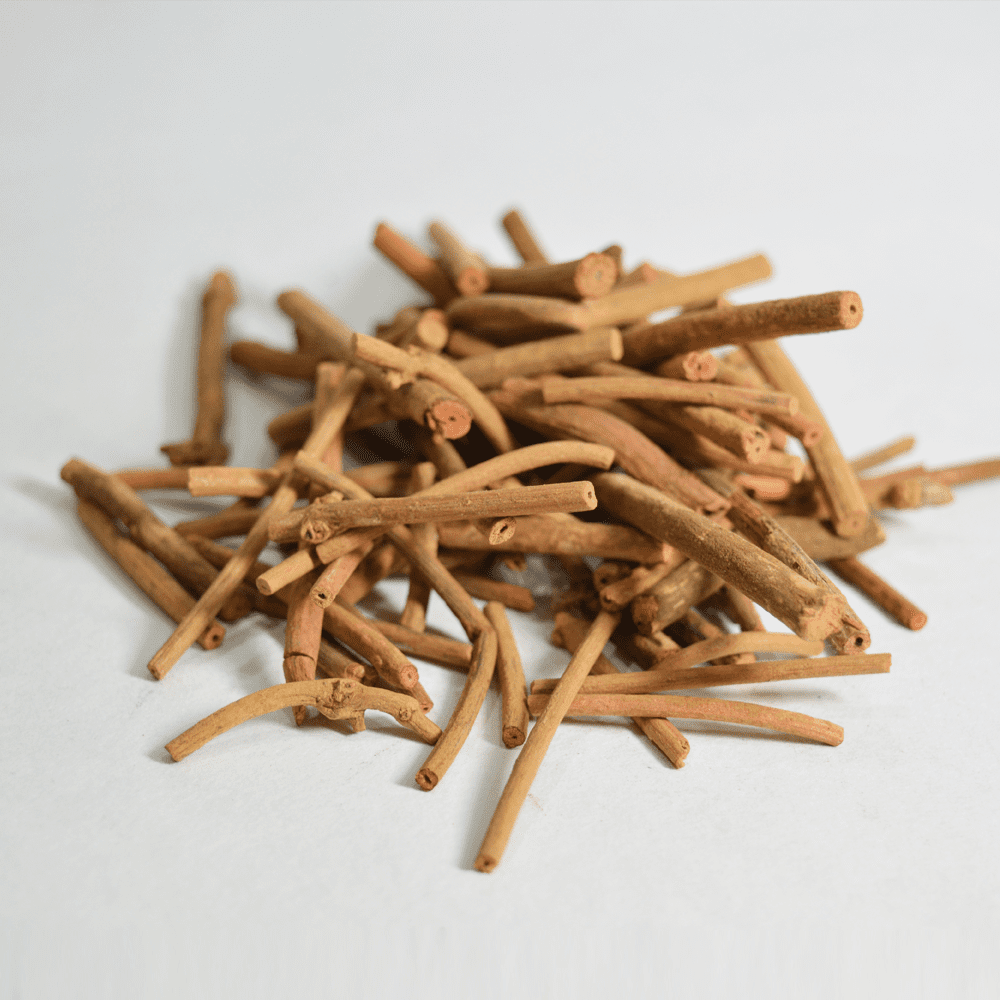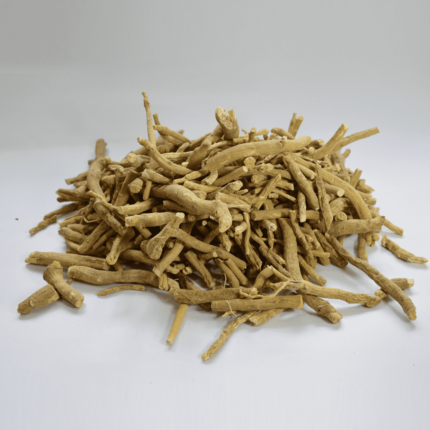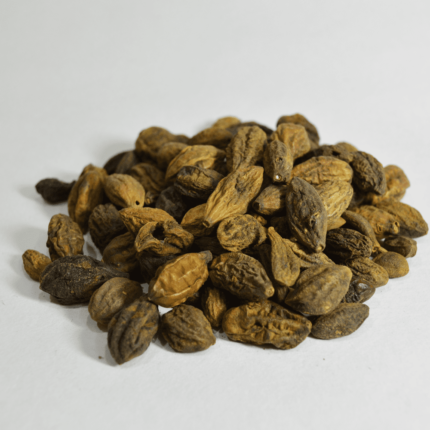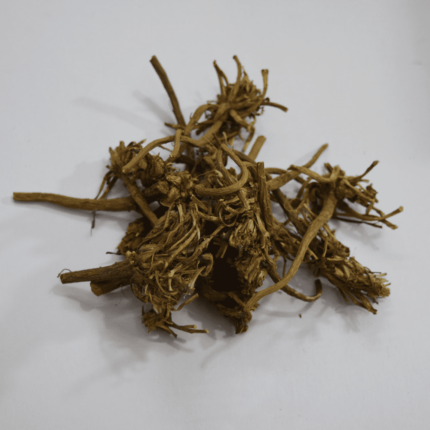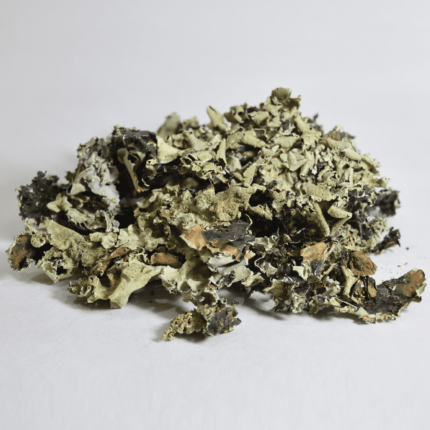Description
Indian Madder is a perennial climbing herb, that can grow to 1.5 m in height. The evergreen leaves are 5-10 cm long and 2-3 cm broad, produced in whorls of 4-7 starlike around the central stem. Leaves are ovate-heartshaped, entire, pointed, heart-shaped at base, rarely rounded, 3-9 palmately veined, upper surface mostly hairless and rough. It climbs with tiny hooks at the leaves and stems. The flowers are small, 3-5 mm across, with five greenish yellow or pale yellow petals, in dense racemes. Fruit is a small red to black berry, 4-6 mm diameter. The roots can be over a metre long, up to 12 mm thick. Indian Madder was an economically important source of a red pigment in many regions of Asia, Europe and Africa. It was extensively cultivated from antiquity until the mid nineteenth century. The plant’s roots contain an organic compound called Alizarin, that gives its red colour to a textile dye known as Rose madder. It was also used as a colourant, especially for paint, that is referred to as Madder lake. Indian Madder is found throughout the Himalayas, at altitudes of 300-2800 m. It is also found in the Western Ghats, Sri Lanka, Korea, Mongolia, Russia (Far East) and SE Asia. Flowering: June-August.
| Botanical Name | Common Name | Tamil | Hindi | Malayalam |
|---|---|---|---|---|
| Rubia cordifolia | Indian Madder | மஞ்சிட்டி | मजीठ / Majith | മഞ്ചട്ടി / Mancatti |




